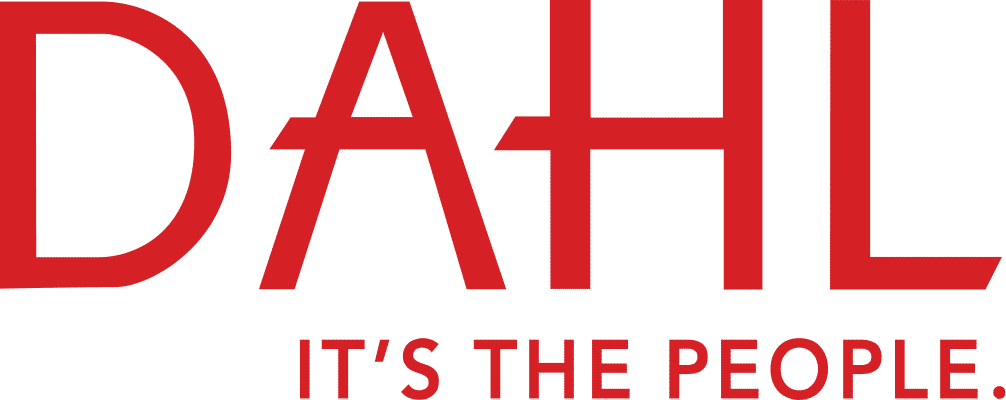The threat of recession combined with a difficult job market in some professions makes the 2023 staffing year especially important. In this potentially challenging environment, companies focused on strategic workforce planning enjoy a significant advantage. For example, it helps these businesses adopt flexible staffing solutions, allowing them to significantly reduce costs.
However, engaging in strategic workplace planning requires a proactive effort from your organization. It also needs to involve managers from the various departments within your business. In short, this task is not something that solely resides in the domain of your human resources team.
With the goal of optimizing your company’s hiring efforts, let’s analyze the practice of strategic workforce planning. You can use these concepts to devise a workforce management solution for your business for 2023 and beyond. Strategic workforce planning is the right approach for any organization that hopes to thrive in a constantly changing business world.
What is Strategic Workforce Planning?
Simply stated, strategic workforce planning is revealed in its name. It involves a business analyzing its current workforce compared to the company’s plans for operational growth. Part of this effort includes identifying any skills gaps among employees that might hamper the organization from reaching its goals.
The output from this process informs various functional areas of your business. Developing staffing strategies for both the short-term and the long-term is one obvious benefit. Note that partnering with a professional staffing agency in Minnesota helps you achieve your company’s subsequent staffing goals.
Additionally, professional development benefits from this process, as companies focus on preventing a skills gap. Importantly, providing a robust training program and tuition reimbursement plays a key role in developing talent. Companies need to realize the importance of these perks to the modern employee. After all, they play a key role in the retention of your top employees.
Proactive employee management, including goal-setting and tracking performance, is also part of this type of planning. It has become even more critical during this era of increased remote working. In the end, talented leadership influences the success of any workforce management solution.
If your company currently avoids strategic workforce planning, understand your competitors are likely spending time on this practice. In fact, a recent survey of businesses noted that 89 percent of the respondent companies currently conduct it. This fact places the responsibility on your managerial team to adopt a similar strategy. Ultimately, it helps avoid the risk of being left behind in a competitive business world.
What are the Benefits of Strategic Workforce Planning?
As hinted at earlier, businesses enjoy a variety of significant benefits from practicing strategic workforce planning each year. We already talked about its importance for various employee-related business functions. In a challenging job market, it helps keep workers inspired, engaged, and productive.
Another critical benefit relates to companies being prepared for the future. That’s why it becomes important to take both a short-term and long-term view of your workforce management. Never let a gap in the number of employees or their skills hamper your business’s growth potential.
We already talked about the importance of professional development to the modern employee when it comes to retention. Note that any workforce management solution also takes into consideration succession planning to handle when employees leave or retire. You also need to identify potential leaders with the ability to move into a management role when necessary.
Once again, studies reveal a supermajority of businesses already performs some form of strategic workforce planning. The ones that do so enjoy more efficient operations and higher productivity as a result. Therefore, it is important that you incorporate strategic workforce planning to prevent the risk of your company suffering a skills gap or incorrectly sizing its staff. As such, let’s go into more detail on some of the other crucial benefits of this practice.
Reduce Staffing Costs
By implementing an effective workforce management solution, your business likely ends up reducing its staffing costs as a result. Why? Because it forces the organization to adopt a more effective and efficient hiring strategy. This includes optimizing your staffing process, with a candidate-friendly reduction in the number of interviews.
Additionally, partnering with a strategic staffing solution provider in Minnesota makes sense as part of this approach. It effectively offloads your hiring efforts to the experts, letting you focus on managing your business. Expect to save significant dollars as a result.
Achieve Flexible Staffing Solutions
Hiring flexibility remains another crucial benefit gained when working with a Minnesota professional staffing agency. It helps your company quickly close a skills gap when one arises on a critical project. This approach dovetails nicely with a professional development program, as new hires with certain skills essentially train their coworkers.
The top agencies provide candidates willing to work on either temporary or permanent contracts, allowing you to add talent when necessary without a long-term commitment. It also provides the ability to vet a temporary employee before potentially offering them a permanent contract.
Uncover Gaps in Workforce Management
Once again, a skills gap hampers your business’s ultimate growth potential, especially in this era of digital transformation. A detailed strategic workforce planning effort lets your business find knowledge gaps before any adverse impact on the company. It ultimately allows for a proactive approach to either provide the right training or outsource talent to close it. Be sure to consider both short-term and long-term timeframes when searching for skills gaps.
5 Strategic Workforce Planning Tips for the New Year
We illustrated how adopting strategic workforce planning as a regular practice at your business offers significant benefits. In a competitive business world and a challenging job market, conducting it effectively becomes even more vital. So, here are a few tips to help your workforce planning provide true value to business operations. These insights can be leveraged to take full advantage of this crucial effort.
Identify Staffing Goals
Determining your business’s short-term and long-term staffing goals remains an important predecessor to any strategic workforce planning effort. Analyzing your existing workforce, including determining any current employees close to retirement, needs to be part of this process. Additionally, also identify how much you want to rely on training and upskilling your current staff to meet business needs.
Once you set some hiring goals, partner with a professional staffing agency in Minnesota. Again, this approach offers significant benefits, including cost savings, flexibility, and the ability to focus on managing your business.
Review Skills Gaps in the Current Workforce
Of course, analyzing any skills gaps among your current employees needs to happen in concert with determining staffing goals. Once again, you need to identify whether to close these gaps through hiring, training, or a mix of both. Also, consider the importance of a robust professional development program for your current employees.
Being able to retrain and promote from within needs to be part of any workforce management solution. At the same time, consider working with a local staffing solutions provider for key strategic permanent hires. They also provide a great source of temporary talent to quickly close a skills gap.
Create an Action Plan
Now is the time to develop an action plan to implement your workforce management solution. While HR likely needs to take the lead in this role, management from other functional areas of your business also must contribute. Obviously, you also need to consider your business’ current revenue and growth potential over the timeframe for the plan. Don’t forget to take into account the short-term and long-term economic prospects as well.
Implement Plan
Once again, HR typically leads the implementation of your workforce management solution and serves to set expectations for its ultimate success. The business executive team and management staff also play a critical role once the solution goes into action. They greatly influence reviewing and monitoring the results, as noted below.
Any successful implementation must include determining the metrics to track the effectiveness of the plan. Additionally, you also need processes and systems to record and monitor the entire workforce management solution. Open and transparent communication plays a crucial role in this effort. Note that any wise business needs to forge a culture based on seamless communication in the first place.
Review and Monitor Results
Of course, any strategic corporate initiative needs reviewing and monitoring the results to determine its overall effectiveness. Leverage the metrics from your workforce management solution monitoring to inform any changes to the plan. The goal of any strategic workforce planning effort must focus on continuous improvement.
Ultimately, keeping the company’s staffing activity in alignment with its business goals remains crucial. It bears repeating: never let a skills gap or poor employee development hamper the operational efficiency of your business.
Find Strategic Staffing Solutions with DAHL
When searching for a top-shelf professional staffing agency in Minnesota, look no further than the talented team at Dahl Consulting. As one of the top managed staffing services providers in the Northern United States, we provide exceptional candidates to help your company’s success. Schedule some time with us to discuss how we can help improve your organization’s strategic workforce management.




